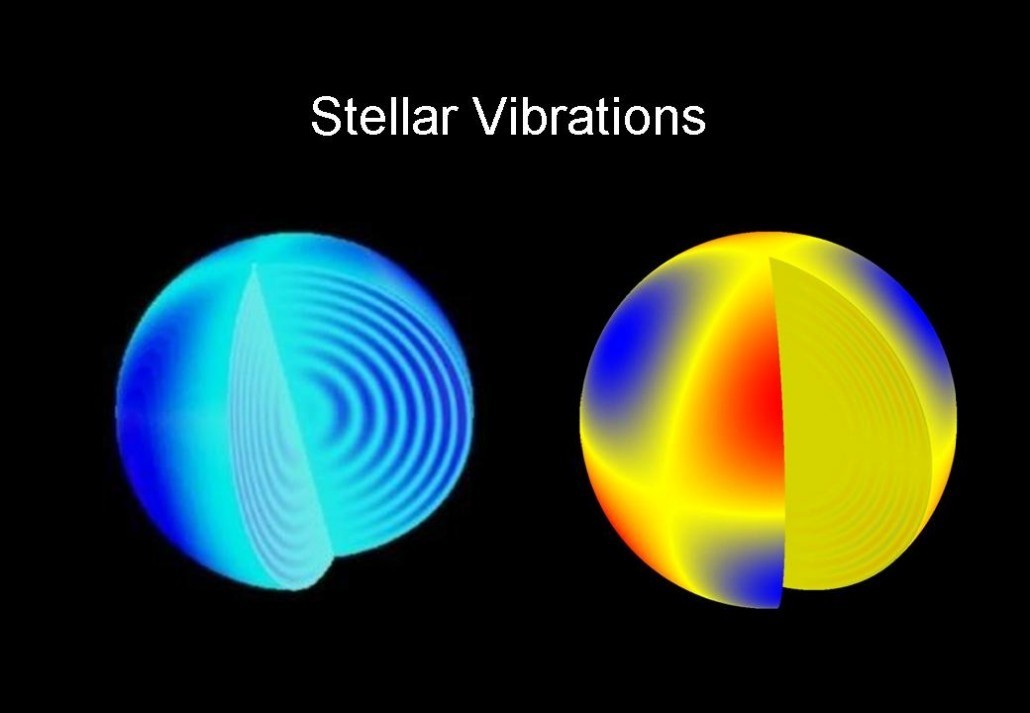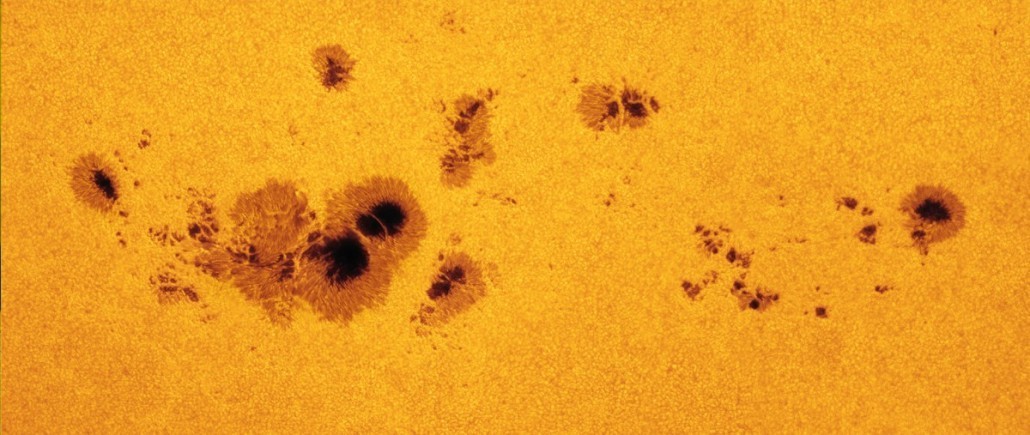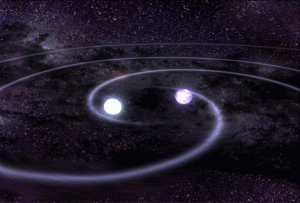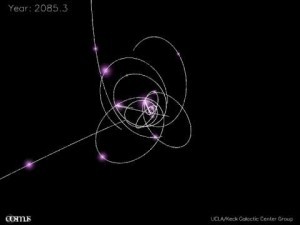[av_video src=’https://youtu.be/IzeJq3CbiZM’ format=’16-9′ width=’16’ height=’9′]
How do you determine the mass of a star? The most straightforward way can be done if the star is part of a binary pair. By observing the motion of two stars orbiting each other we can determine both the size of their orbits and their orbital period. From this we can determine the masses of the stars via Kepler’s laws. Binary stars provided the first measure of stellar masses, but many stars are not binary, so we must use alternative methods.
One of the early ways of estimating the mass of a single star was through observation of its temperature and brightness. The more massive a star, the hotter and brighter it will tend to be. While this works reasonably well for main sequence stars, it isn’t overly accurate. For one thing, stars become hotter as they age, so an older star will seem somewhat more massive than it actually is.
More recently we’ve been able to use a method known as asteroseismology. It was originally used on the Sun (and then known as helioseismology). Our Sun is not a rigid object, but instead has a more fluid behavior. Solar flares and the convection from its interior create sound waves within the Sun, causing it to oscillate like a ringing bell. These oscillations can be measured by observing the motion of the Sun’s surface using Doppler measurements. Since these oscillations are affected by the density and pressure of the Sun’s interior, we can determine the mass of the Sun (among other things) accurately. We’re now able to make similar measurements of some stars, and can determine their masses in this way.
Making accurate Doppler measurements of a star is difficult and time consuming. But it turns out we don’t need Doppler measurements to determine a star’s mass. We can simply look at the small fluctuations of a star’s brightness. While the overall brightness of most stars is fairly consistent, stars do experience small fluctuations in their brightness. This can be due to things like starspots, but it is also due to an effect known as granulation. The upper layer of a star undergoes convection, where warmer material rises to the surface pushing cooler material down. As a result, the surface of a star simmers like a pot of oatmeal. Because of this there are always small variations of a star’s brightness, which we can measure as small flickers in stellar brightness.
In a new work, astronomers compared the rate of these flickers to the mass of the star, and found that there was a good correlation between the flicker of a star and its surface gravity. Using data from the Kepler spacecraft, they were able to determine the mass of about 30,000 stars with reasonable accuracy. There are, however, limitations to this method. In particularly it only produces reasonable results for stars with a temperature between 4,500 and 7,000 Kelvin. For stars much cooler or hotter than the Sun the method has limited accuracy. However the ease of this method compared to asteroseismical methods still makes it a useful tool.
Paper: Fabienne A. Bastien, et al. A Granulation “Flicker”-based Measure of Stellar Surface Gravity. arXiv:1512.03454 [astro-ph.SR]













Comments
Knowing that the corona of a star is much hotter than the star’s surface, I found the idea of a star’s “temperature” confusing. After more reading, I now know that the text here refers to “effective temperature”, which as best I can tell is the temperature a black body would have to be to emit the star’s radiation.
I think you’re mostly right … rather than all the star’s radiation, it’s the ‘visual’ or ‘optical’ radiation, with perhaps some inclusion of UV and near-IR. In this part of the electromagnetic spectrum, the continuum ‘optical’ radiation is usually fairly close to a blackbody.